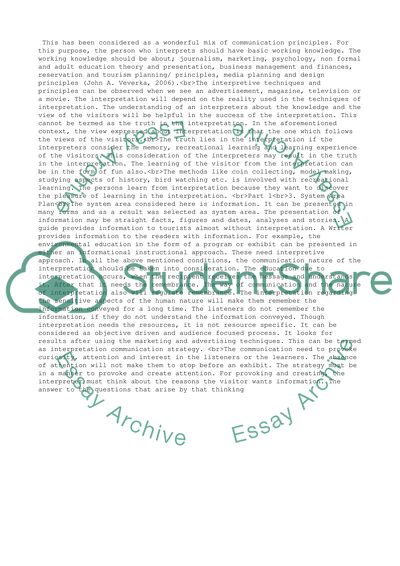Cite this document
(“Interpretive Strategies Essay Example | Topics and Well Written Essays - 3250 words”, n.d.)
Retrieved from https://studentshare.org/business/1510197-interpretive-strategies
Retrieved from https://studentshare.org/business/1510197-interpretive-strategies
(Interpretive Strategies Essay Example | Topics and Well Written Essays - 3250 Words)
https://studentshare.org/business/1510197-interpretive-strategies.
https://studentshare.org/business/1510197-interpretive-strategies.
“Interpretive Strategies Essay Example | Topics and Well Written Essays - 3250 Words”, n.d. https://studentshare.org/business/1510197-interpretive-strategies.


